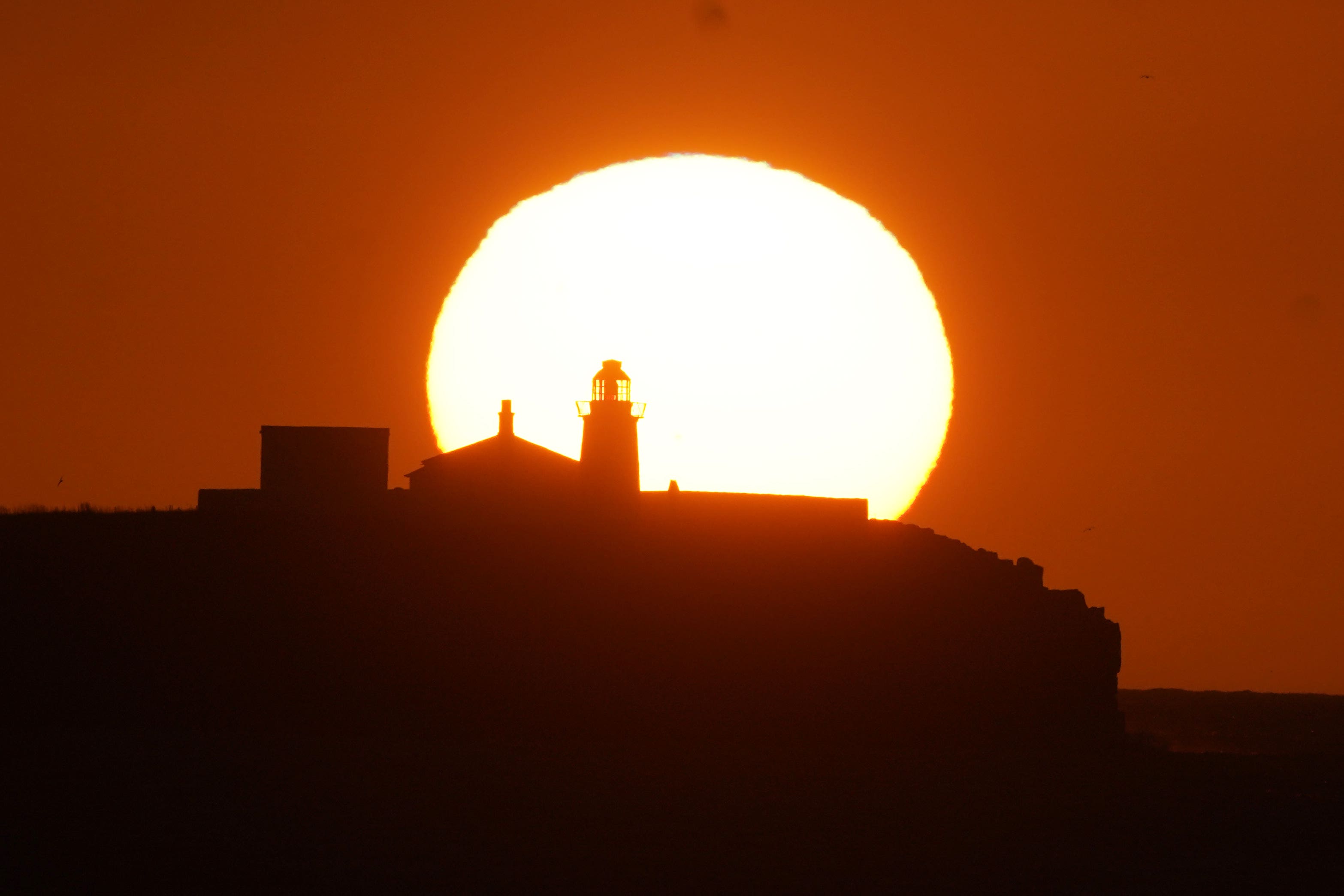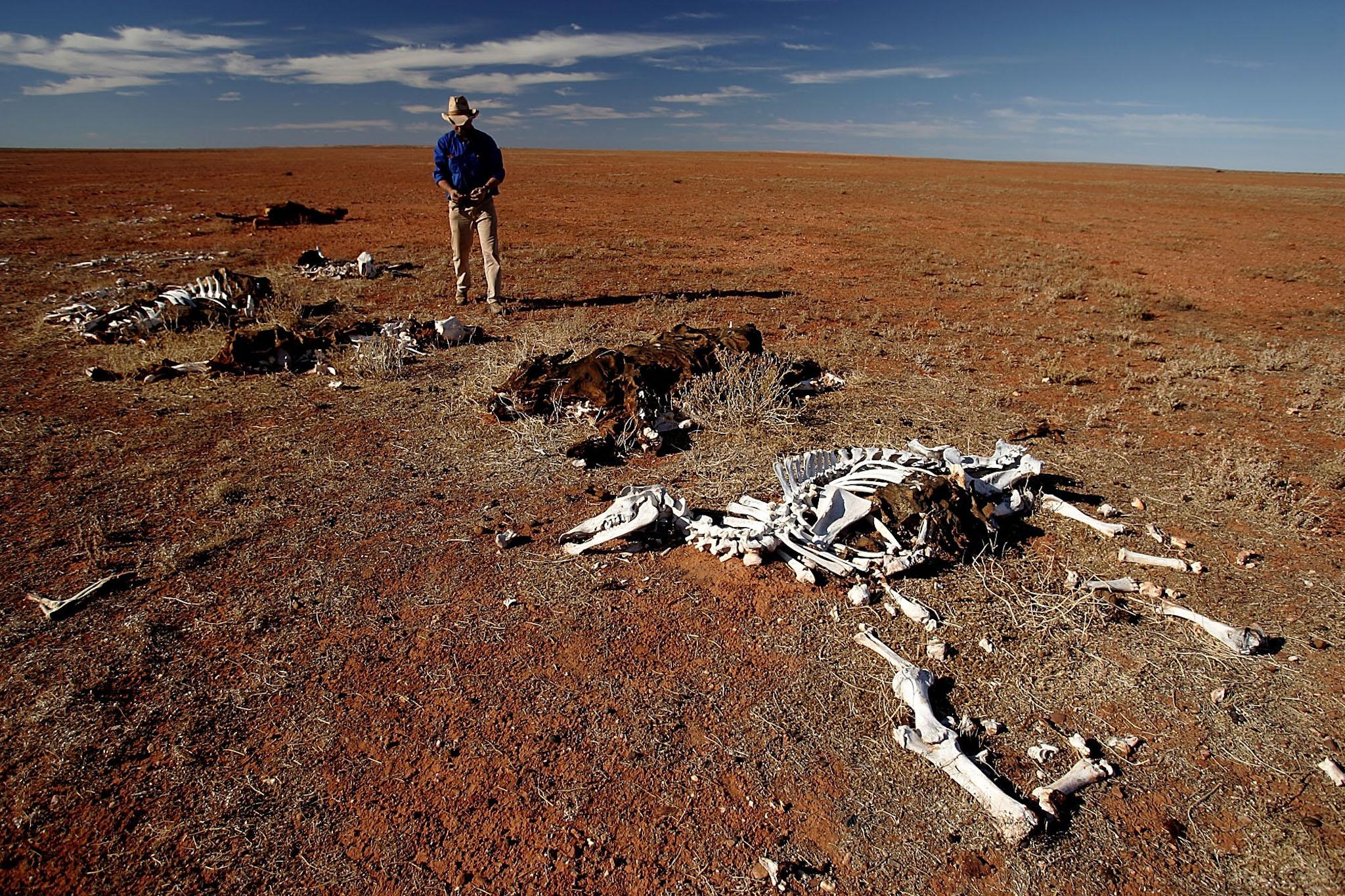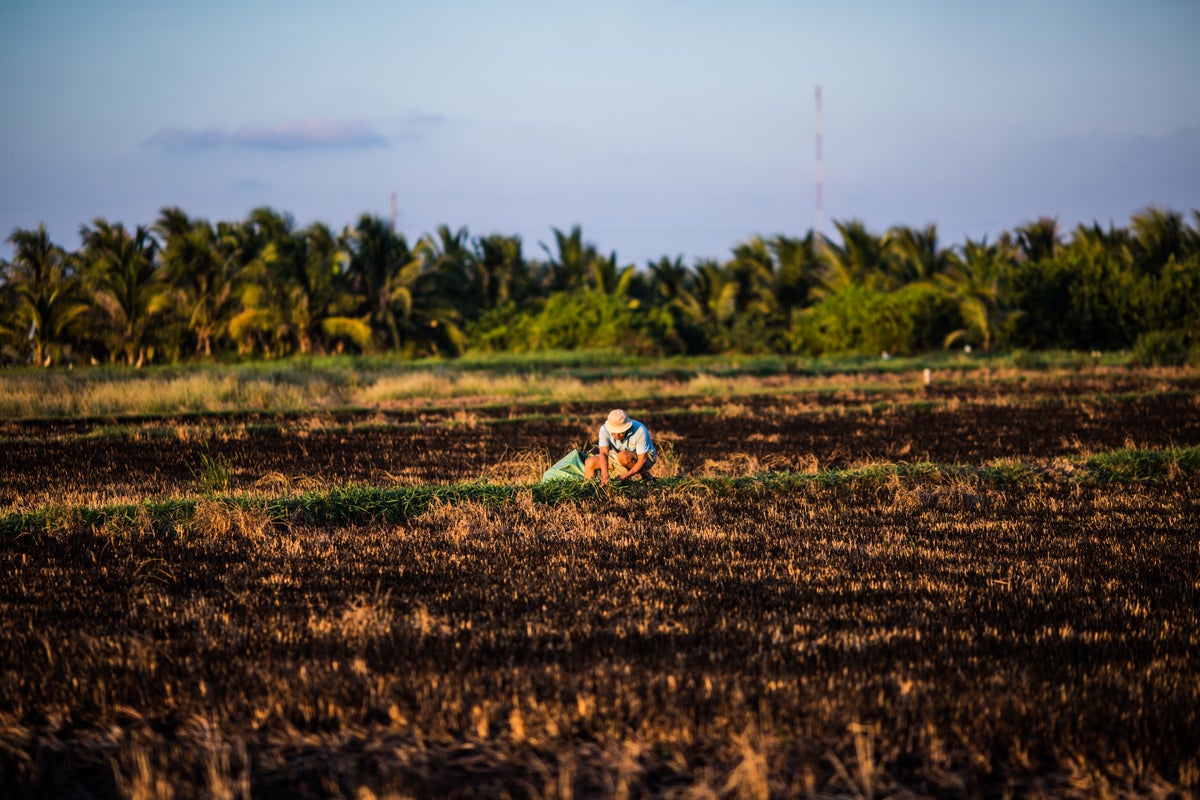Warning returning El Nino could bring extreme weather from tropical cyclones to drought
Dramatic cyclones, drought and a spike in global temperatures expected as El Nino returns
Scorching temperatures, tropical cyclones and an influx of extreme weather could be on the way due to the return of El Nino.
After three years of the La Nina climate pattern, which often lowers global temperatures, the hotter El Nino phenomenon is back in action, according to the US National Oceanic and Atmospheric Administration’s Climate Prediction Center.
El Nino describes the unusual warming of the Pacific Ocean off the coast of Peru and becomes official when the region’s sea temperatures rise 0.5C above average. It is often accompanied by a slowing down or reversal of the easterly trade winds.

The weather phenomenon’s impact can vary but it could bring a dramatic mix of heavy rainfall, droughts and warmer conditions.
This will be most evident near Pacific islands where cyclones are predicted, along with heavy rainfall in South America and hot, drought conditions in Australia. The advisory said these impacts would most likely be felt in regions already most affected by climate change.
The last time an El Nino was in place, in 2016, the world saw its hottest year on record. Coupled with warming from climate change, 2023 or 2024 could reach new highs.
“Climate change can exacerbate or mitigate certain impacts related to El Nino,” the advisory said. “For example, El Nino could lead to new records for temperatures, particularly in areas that already experience above-average temperatures.”

El Nino’s influence in the US isn’t expected to be felt during summer but instead become more obvious from this autumn to next spring.
Despite the UK breaking heat records last summer during La Nina, the new cycle’s effects will largely be felt in the southern hemisphere over the next few months.

Instead, El Nino is set to peak in December and can increase the risk of colder winters in the UK, according to the Met Office.
An El Nino event typically takes place every three to seven years and last for several months at a time. The most extreme cycles took place in 1997 to 1998 and 2015 to 2016.
Join our commenting forum
Join thought-provoking conversations, follow other Independent readers and see their replies
Comments


Bookmark popover
Removed from bookmarks